Home>Articles>How To Remove An Electrical Plug From A Socket
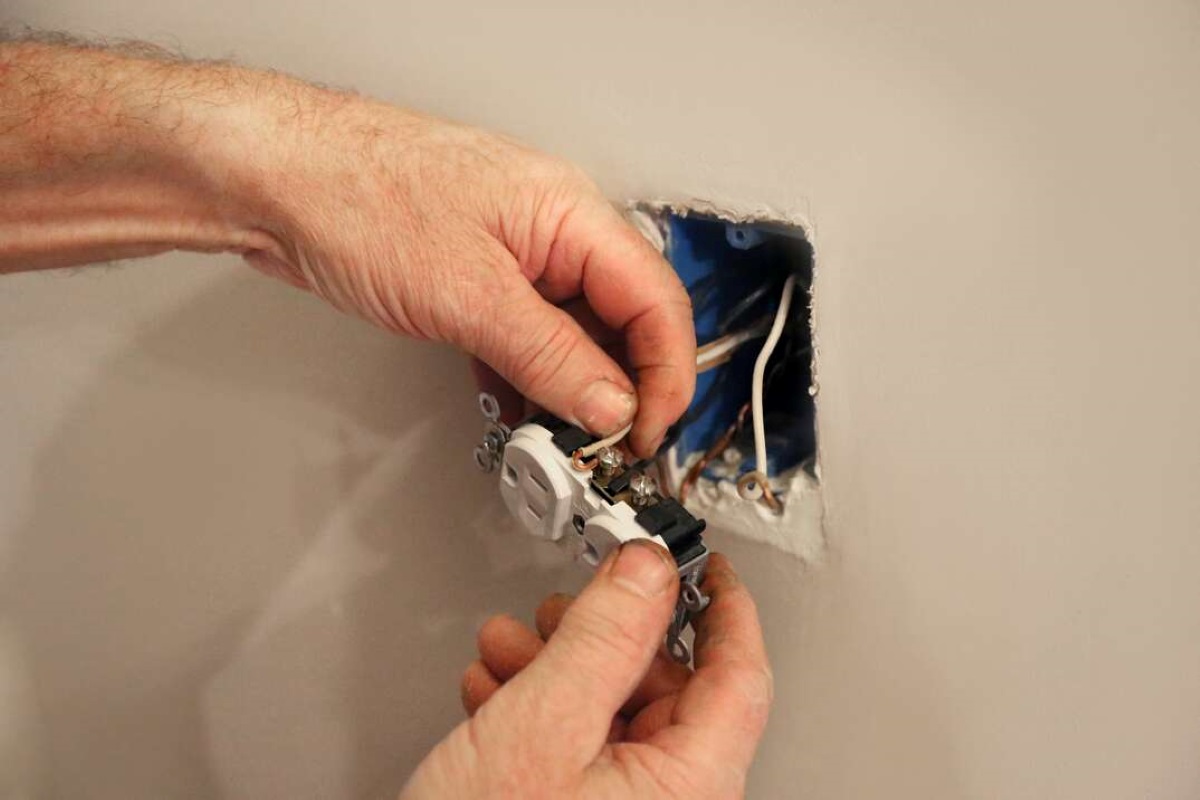

Articles
How To Remove An Electrical Plug From A Socket
Modified: December 7, 2023
Read our informative articles on the correct way to remove an electrical plug from a socket. Remember to always pull on the electrical cord for safety.
(Many of the links in this article redirect to a specific reviewed product. Your purchase of these products through affiliate links helps to generate commission for Storables.com, at no extra cost. Learn more)
Introduction
In our modern world, electricity powers our homes, offices, and daily lives. We are surrounded by electrical sockets, where we plug in our essential devices to keep them running smoothly. It may seem second nature to grab the electrical cord and give it a good pull when we want to remove a plug from a socket. However, this seemingly harmless action could pose serious risks to our safety and the longevity of our electrical appliances.
In this article, we will discuss why pulling on the electrical cord is not recommended and the potential dangers it can cause. We will also provide you with the proper technique for removing an electrical plug from a socket and highlight the benefits of following this method. By the end, you will have a clear understanding of why it’s essential to handle electrical plugs with care and ensure the safety of yourself and your electrical devices.
Key Takeaways:
- Pulling on electrical cords can lead to damage, electrical shocks, and reduced appliance lifespan. Follow the proper technique to avoid risks and ensure safety, equipment longevity, and a reliable electrical system.
- Adhering to the correct method of removing electrical plugs offers enhanced safety, preserved integrity of the electrical system, and positive environmental impact. Prioritize safety, protect your equipment, and maintain a functional electrical system.
Read more: How To Remove A Spark Plug From A Lawnmower
Why Pulling on the Electrical Cord is Not Recommended
When it comes to removing an electrical plug from a socket, many people instinctively grab the electrical cord and give it a firm tug. However, this action can have detrimental consequences for both your safety and the functionality of the electrical equipment. Here are a few reasons why pulling on the electrical cord is not recommended:
- Potential damage to the cord: Electrical cords are designed to carry current from the power source to your devices. They are made up of multiple wires encased in protective insulation. Pulling on the cord puts unnecessary strain on the wires, which can lead to fraying, exposed wires, or even a complete breakdown of the cord. This not only compromises the safety of the electrical system but also increases the risk of electrical shocks or fires.
- Damage to the electrical socket: In addition to damaging the cord, pulling on it can also cause wear and tear to the electrical socket itself. The repeated force applied to the socket when tugging on the cord can loosen the connections, leading to a poor electrical connection or even damaging the socket’s internal components. Over time, this can result in malfunctioning sockets or the need for costly repairs.
- Risk of electrical shock: Pulling on the electrical cord increases the chances of coming into contact with the exposed wires or metal prongs of the plug. This can lead to electrical shocks, which can range from a mild discomfort to severe injuries. Electrical shocks can disrupt the normal rhythm of your heart, cause burns, and even be fatal in extreme cases.
- Shortening the lifespan of electrical devices: Electrical appliances are designed to be connected and disconnected from a socket by gripping the plug itself and not the cord. Pulling on the cord repeatedly can cause damage to the plug, resulting in loose internal connections or bent prongs. This can lead to poor electrical contact, frequent power interruptions, or even complete failure of the device over time.
Considering the potential risks and consequences, it is crucial to avoid pulling on the electrical cord when removing a plug from a socket. Instead, it is important to follow the proper technique to ensure safety and maintain the integrity of both the cord and the electrical appliances.
The Potential Dangers of Pulling on the Electrical Cord
Although it may seem like a simple and convenient way to remove an electrical plug from a socket, pulling on the cord poses several significant dangers. Understanding these risks is essential for maintaining personal safety and preventing potential accidents. Let’s explore some of the potential dangers associated with pulling on the electrical cord:
- Electrical shocks: One of the most serious risks of pulling on the electrical cord is the potential for electrical shocks. When you yank on the cord, you increase the likelihood of coming into contact with exposed wires or the metal prongs of the plug. This contact can result in electrical shocks that can cause burns, muscle contractions, and even disrupt the heart’s normal rhythm. In severe cases, it can lead to death.
- Damage to the electrical system: Pulling on the cord can cause strain on the wires, leading to fraying or breakage. The damaged wires can increase the risk of short circuits or electrical fires. Additionally, the force exerted on the plug can damage the internal connections within the socket, creating a safety hazard and potentially requiring expensive repairs.
- Risk of trips and falls: Pulling on the electrical cord can create a tripping hazard, especially if the cord is long or tangled. This becomes especially dangerous when cords are positioned across walkways or areas with high foot traffic. Tripping and falling can result in injuries ranging from minor bruises to more severe sprains or fractures.
- Reduced lifespan of appliances: Continuously pulling on the cord can cause stress and strain on the plug and its connections. This can lead to loosened internal components or bent prongs, affecting the device’s ability to receive power properly. Over time, this can result in frequent power interruptions, reduced efficiency, or even complete failure of the electrical appliance.
Given these potential dangers, it is vital to handle electrical cords with care and avoid pulling on them when removing an electrical plug from a socket. By doing so, you can protect yourself from electrical shocks, prevent damage to the electrical system, and ensure the longevity of your appliances.
When removing an electrical plug from a socket, always grip and pull the plug itself, not the electrical cord. This will help prevent damage to the cord and reduce the risk of electrical shock.
Proper Technique for Removing an Electrical Plug from a Socket
To ensure safe and efficient removal of an electrical plug from a socket, it is essential to follow the proper technique. By doing so, you can minimize the risk of accidents, prolong the lifespan of the electrical cord and plug, and maintain the integrity of the electrical system. Here are the steps to correctly remove an electrical plug from a socket:
- Turn off the power: Before unplugging any electrical device, it is crucial to turn off the power supply to the socket. This can be done by switching off the corresponding circuit breaker or unplugging the power strip if the device is connected to one.
- Grip the plug: Instead of pulling on the electrical cord, grasp the plug firmly with your hand. Ensure that your fingers are positioned around the plug and not the cord itself. This will provide better control and avoid unnecessary strain on the cord.
- Gently pull straight out: Using a steady and smooth motion, pull the plug directly out of the socket. Avoid applying excessive force or jerking movements, as this can cause damage to both the plug and the socket.
- Avoid twisting or yanking: It is important to refrain from twisting or yanking the plug when removing it from the socket. These actions can lead to bent prongs, loose connections, or damage to the internal components of the plug and the socket.
- Store the cord properly: After removing the plug, it is essential to store the electrical cord carefully. Avoid winding it tightly, as this can cause kinks or damage to the cord. Instead, loosely coil the cord and secure it with a cable tie or a cord organizer to maintain its integrity.
By following these steps, you can safely and effectively remove electrical plugs from sockets without causing any harm to yourself, the electrical cord, or the electrical system. It is worth noting that the same technique applies to various types of electrical plugs, including those with grounded prongs or polarized plugs.
Benefits of Following the Proper Technique
Adhering to the proper technique for removing an electrical plug from a socket offers numerous benefits that contribute to safety, equipment longevity, and the overall functionality of your electrical system. By following the correct procedure, you can experience the following advantages:
- Enhanced safety: The primary benefit of following the proper technique is improved safety. By gripping the plug and avoiding tugging on the cord, you minimize the risk of electrical shocks, trips, and falls. This is especially important if you’re working with high-voltage devices or in wet conditions.
- Prolonged lifespan of the electrical cord and plug: Pulling on the cord can lead to fraying, exposed wires, and other forms of damage. By using the correct method, you prevent unnecessary strain on the cord, ensuring that it remains intact, functional, and safe for future use.
- Preserved integrity of the electrical system: The proper technique not only protects the cord and plug but also safeguards the electrical socket and its internal connections. By avoiding forceful tugs or twists, you maintain the socket’s structural integrity, resulting in a reliable and efficient electrical system.
- Prevention of disruptions and costly repairs: By correctly removing plugs, you reduce the likelihood of short circuits, power interruptions, or damage to the electrical appliances. This helps minimize costly repairs and ensures uninterrupted use of your devices.
- Efficiency and convenience: Following the proper technique promotes smooth and effortless plug removal. The consistent application of the correct method allows for quick and hassle-free disconnections, saving you time and effort in your daily activities.
- Positive environmental impact: Properly handling electrical plugs contributes to your environmental responsibility. By avoiding unnecessary damage to cords and appliances, you help minimize electronic waste and reduce the need for replacements, ultimately making a positive impact on our planet.
By recognizing the benefits of following the proper technique for removing electrical plugs, you can prioritize safety, protect your equipment, and maintain a functional and reliable electrical system in your home or workplace.
Read more: How To Remove Glass From Electric Fireplace
Conclusion
When it comes to removing an electrical plug from a socket, it is important to prioritize safety and adhere to the proper technique. Pulling on the electrical cord may seem like a convenient solution, but it comes with significant risks. By using the correct approach, you can ensure your personal safety, preserve the integrity of the electrical system, and extend the lifespan of your electrical appliances.
Pulling on the electrical cord can lead to damage to the cord itself, the electrical socket, and even result in electrical shocks. These risks can be avoided by following a few simple steps. Remember to turn off the power before removing the plug, grip the plug and not the cord, and gently pull straight out. By storing the cord properly, you can also prevent any unnecessary strain or damage.
By following the proper technique, you reap several benefits. These include enhanced safety, prolonged lifespan of the electrical cord and plug, preserved integrity of the electrical system, prevention of disruptions and costly repairs, increased efficiency and convenience, and a positive environmental impact.
In conclusion, treating electrical plugs with care and using the correct technique is essential for maintaining safety and ensuring the longevity of your electrical appliances. By adopting safe practices and implementing them consistently, you can protect yourself from potential hazards, minimize the risk of accidents, and enjoy a reliable and efficient electrical system for years to come.
Frequently Asked Questions about How To Remove An Electrical Plug From A Socket
Was this page helpful?
At Storables.com, we guarantee accurate and reliable information. Our content, validated by Expert Board Contributors, is crafted following stringent Editorial Policies. We're committed to providing you with well-researched, expert-backed insights for all your informational needs.

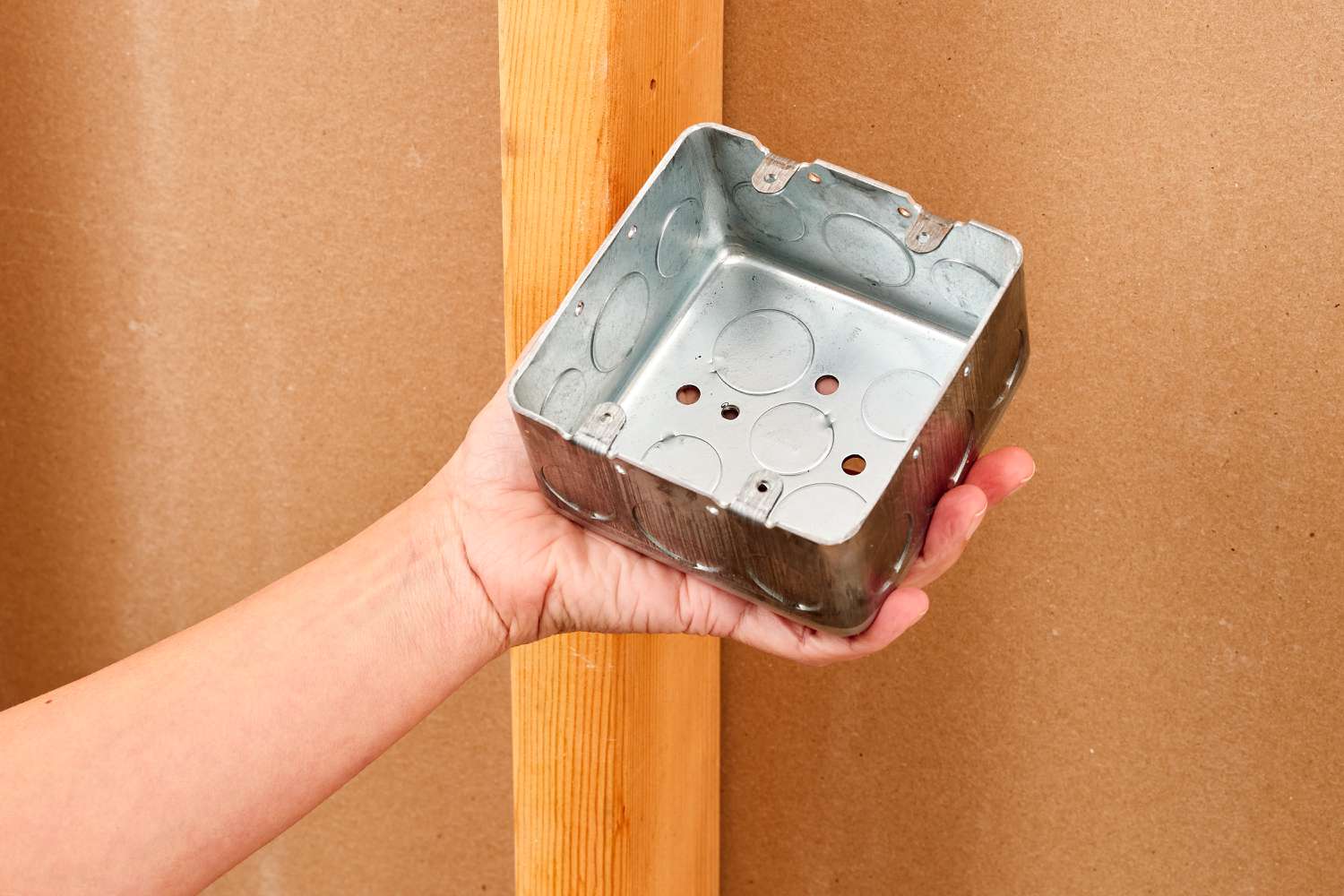
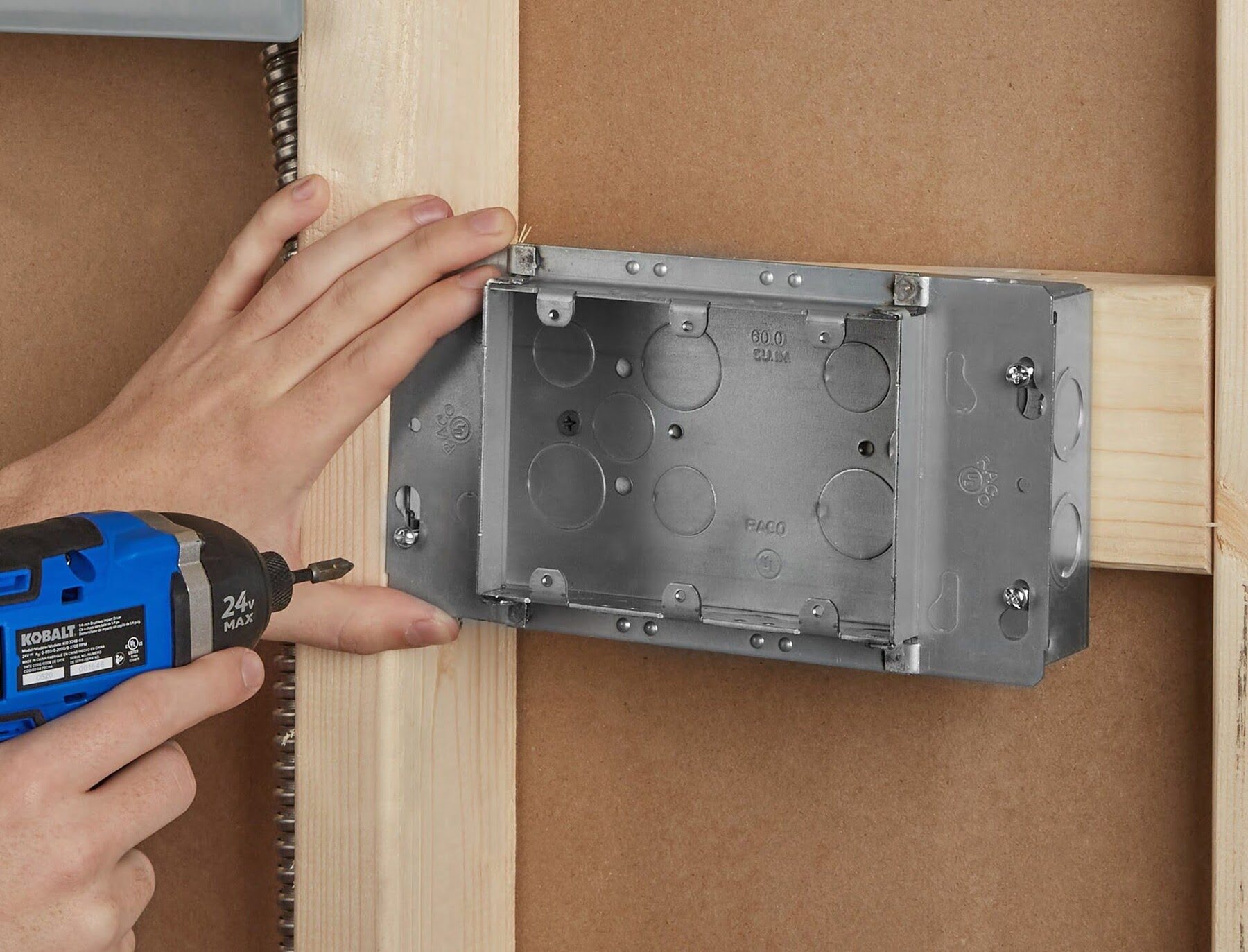
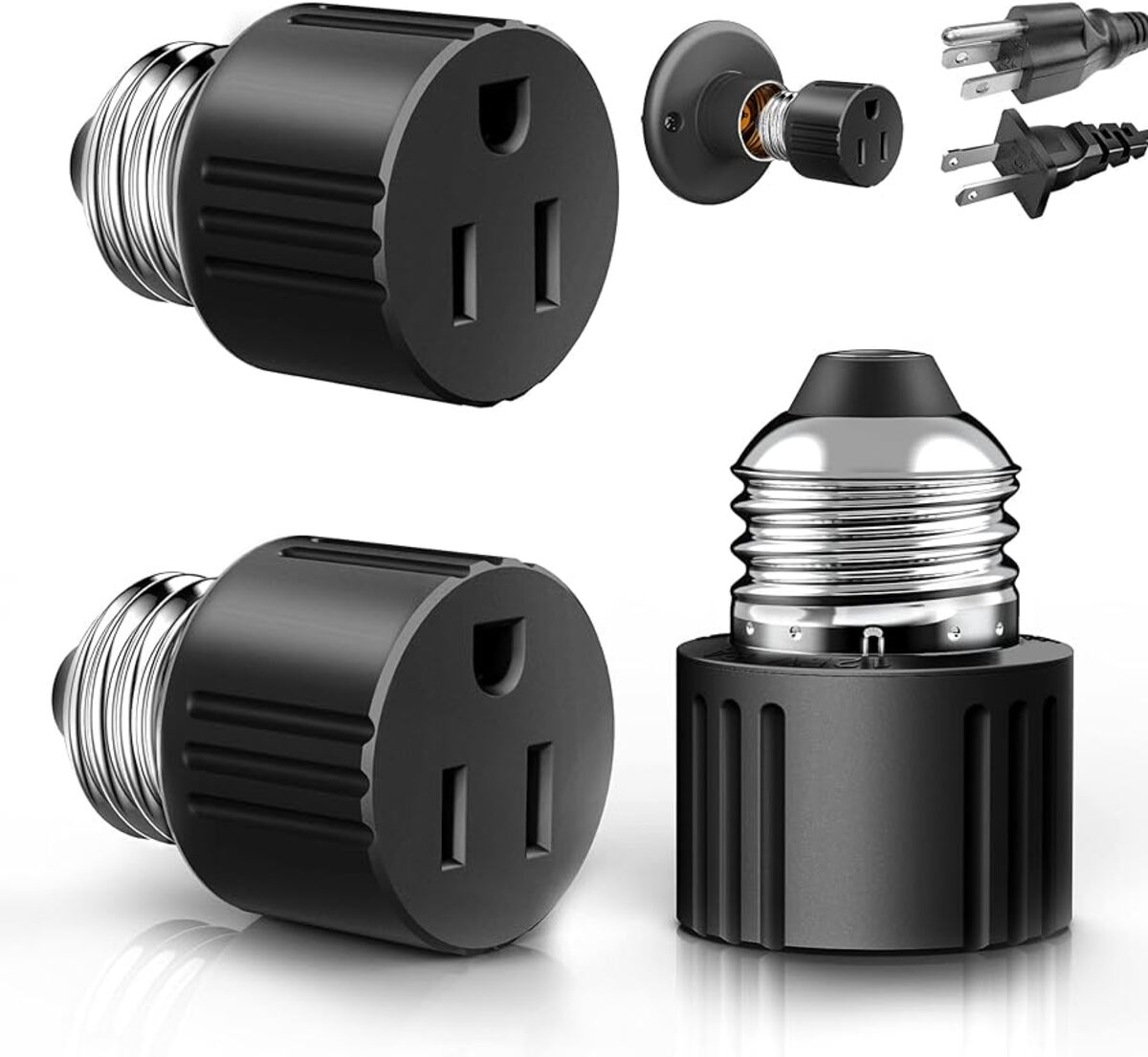
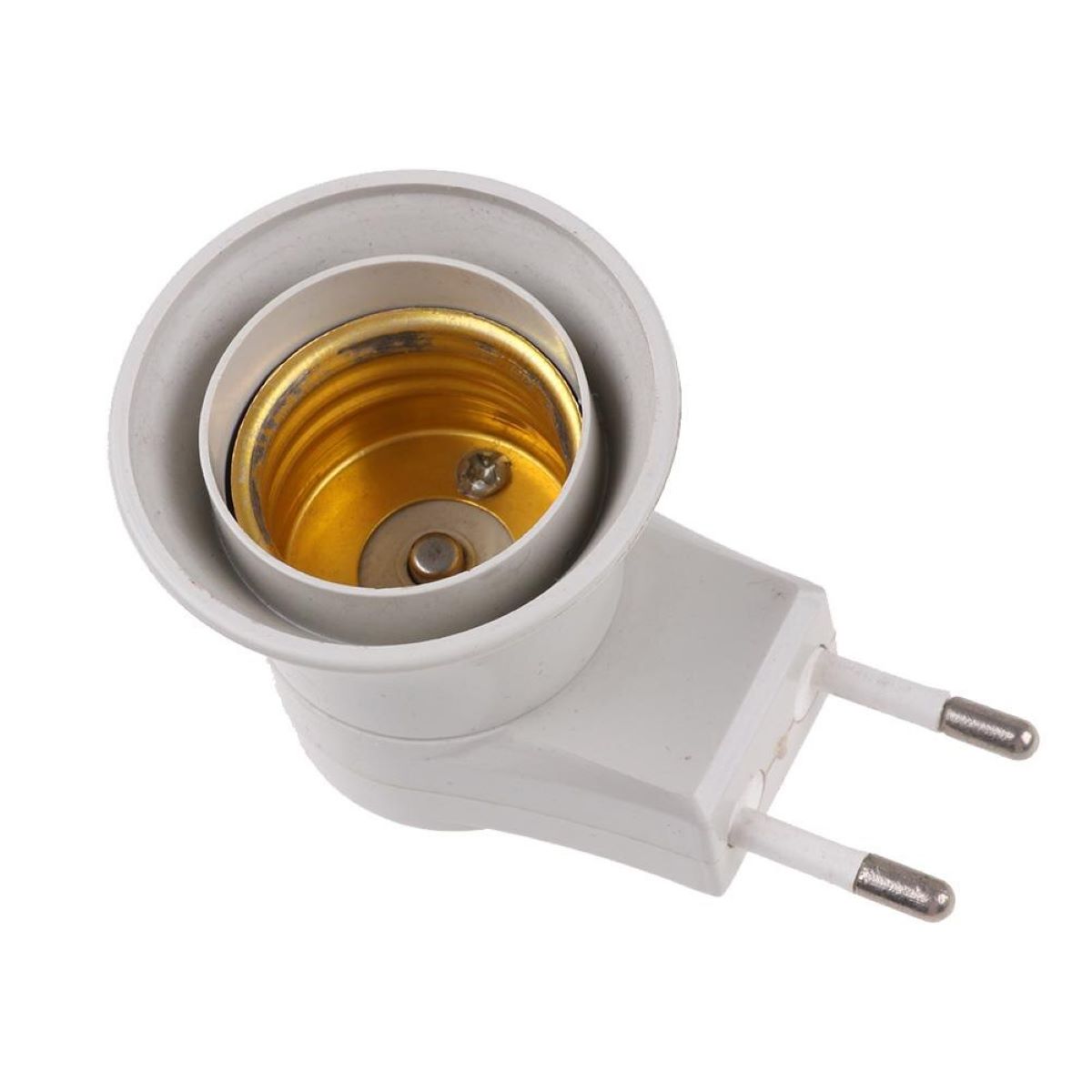
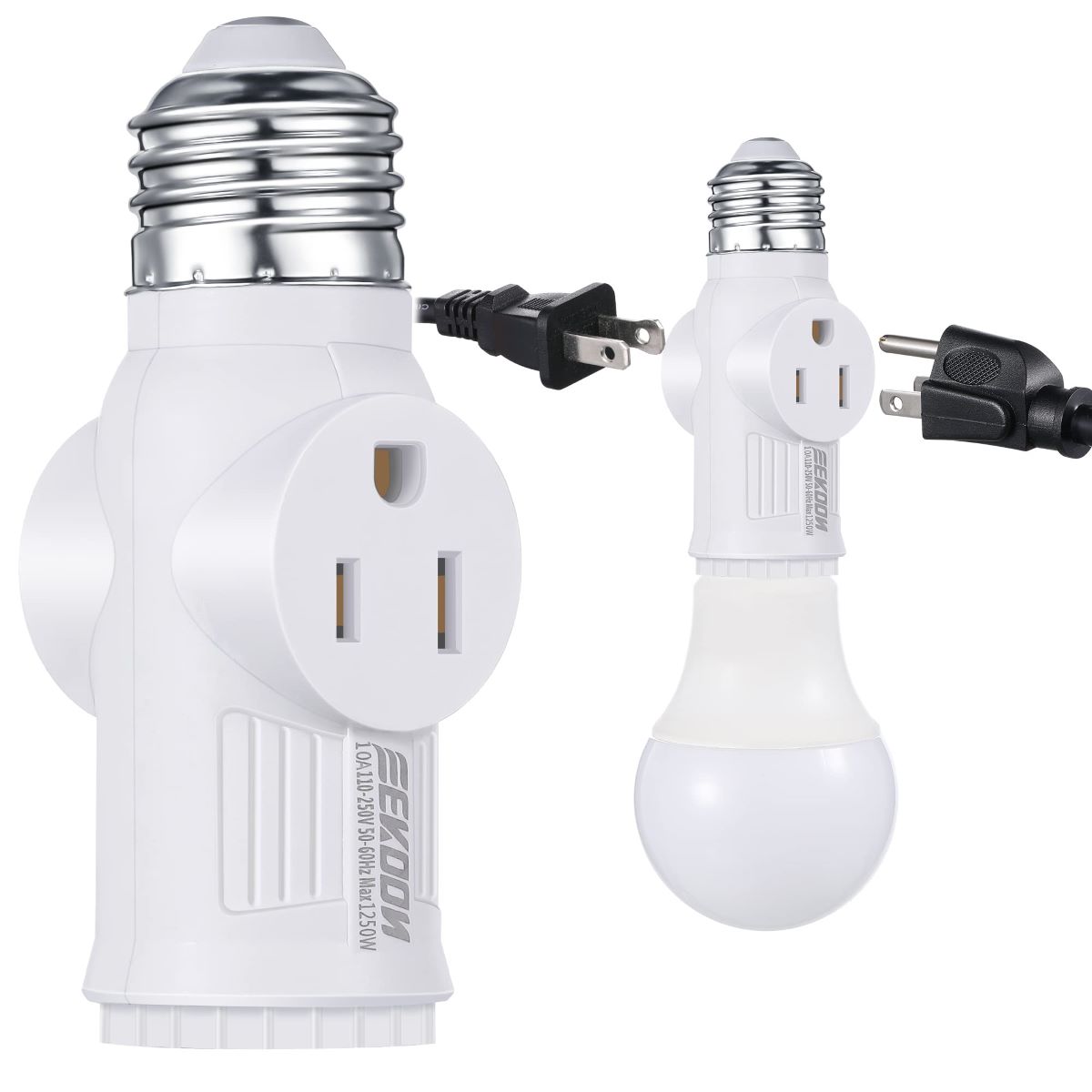
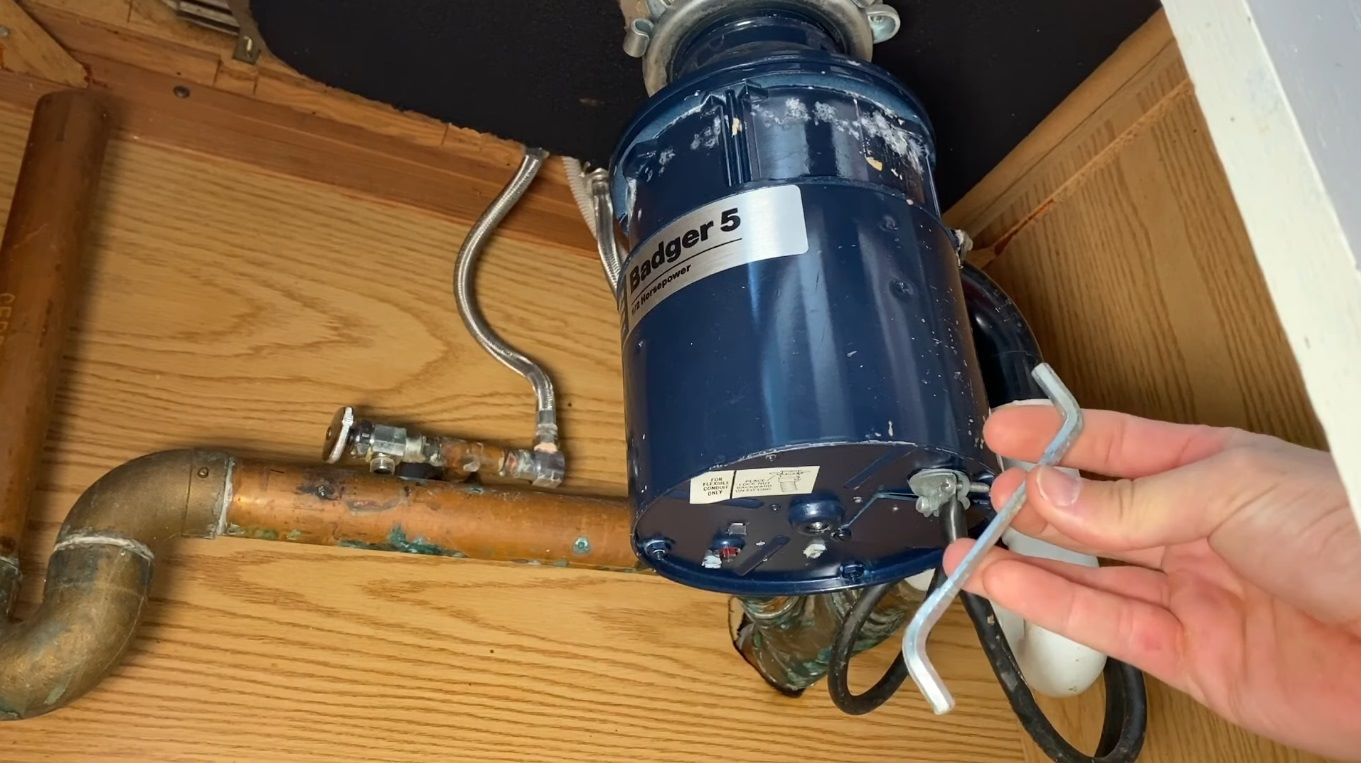
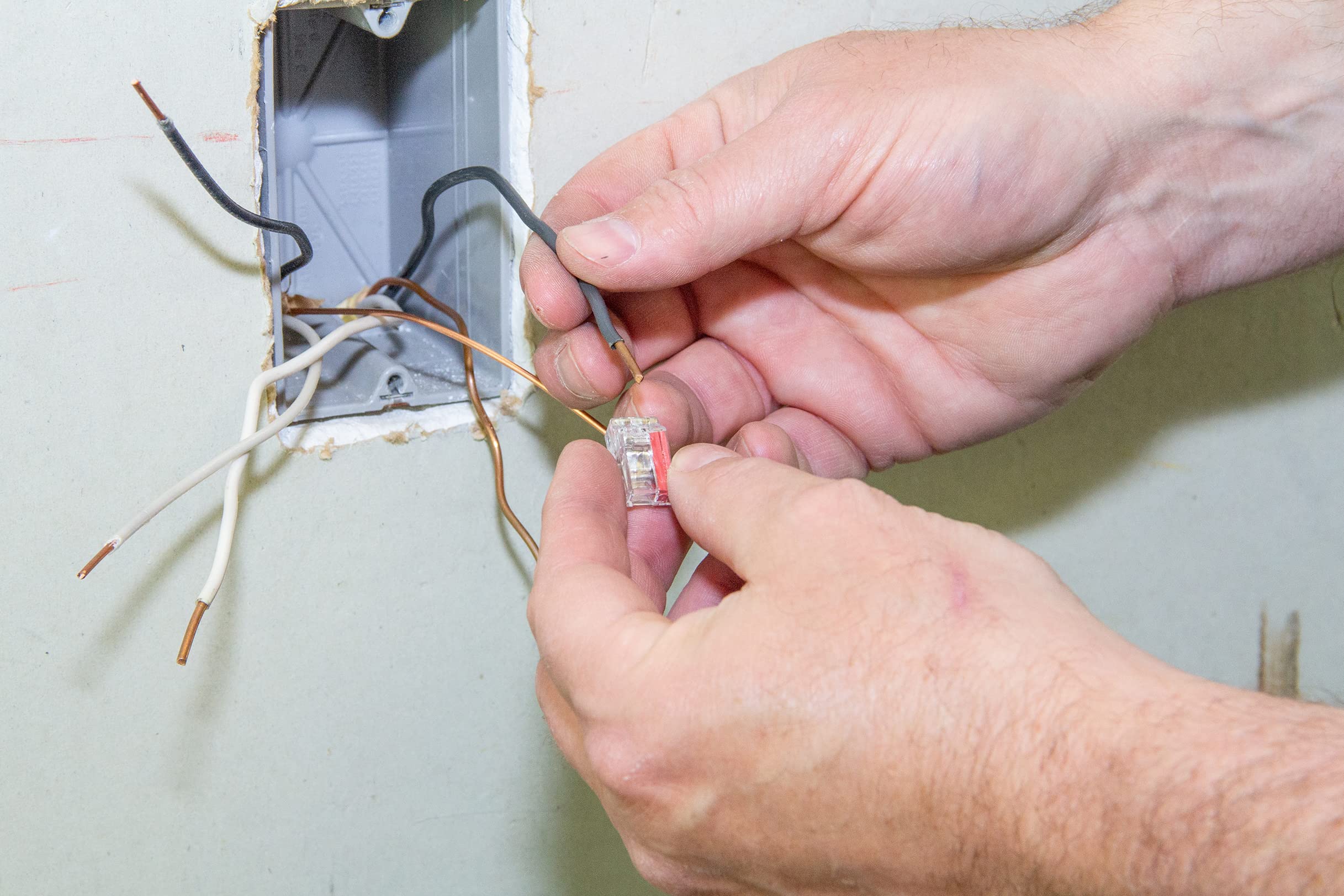
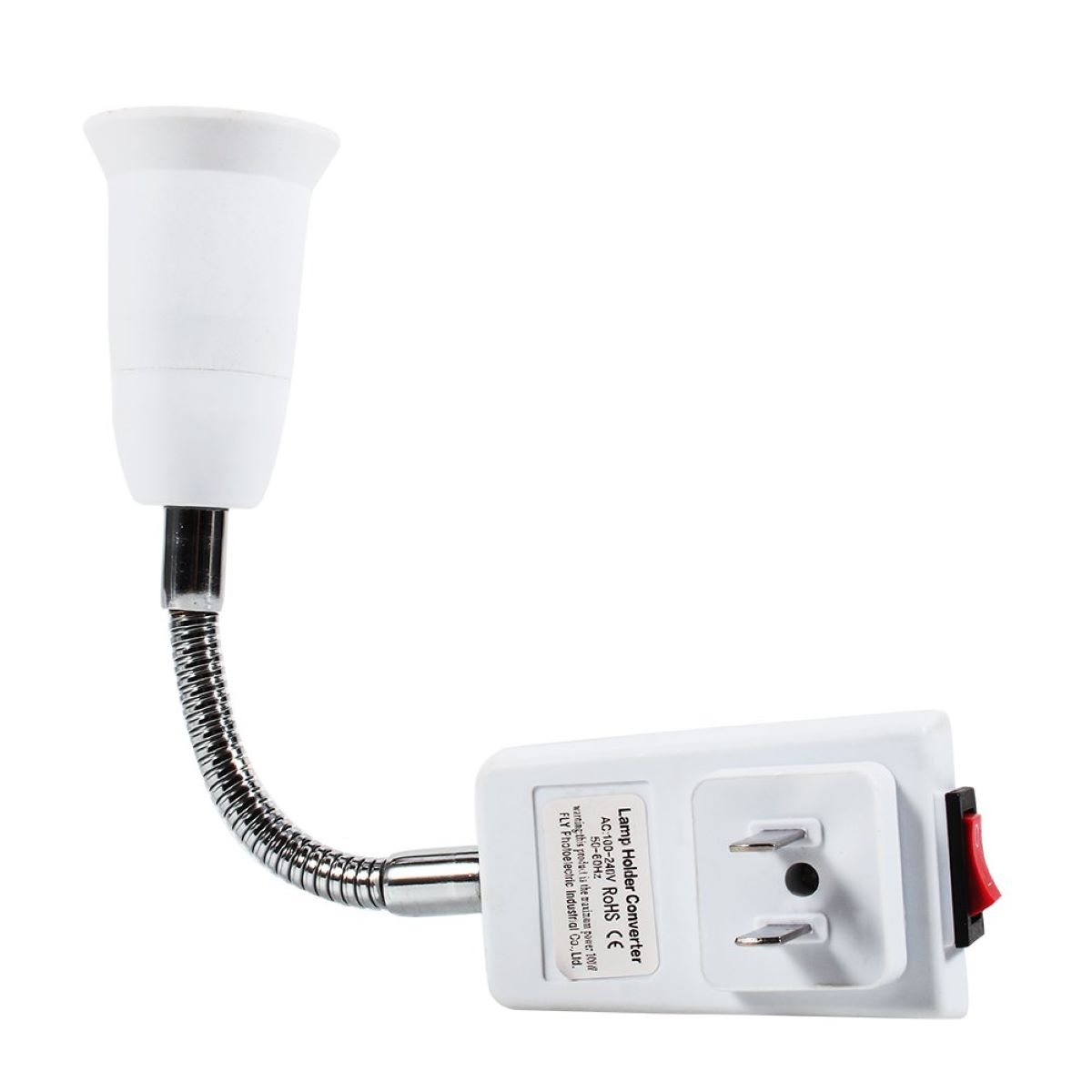
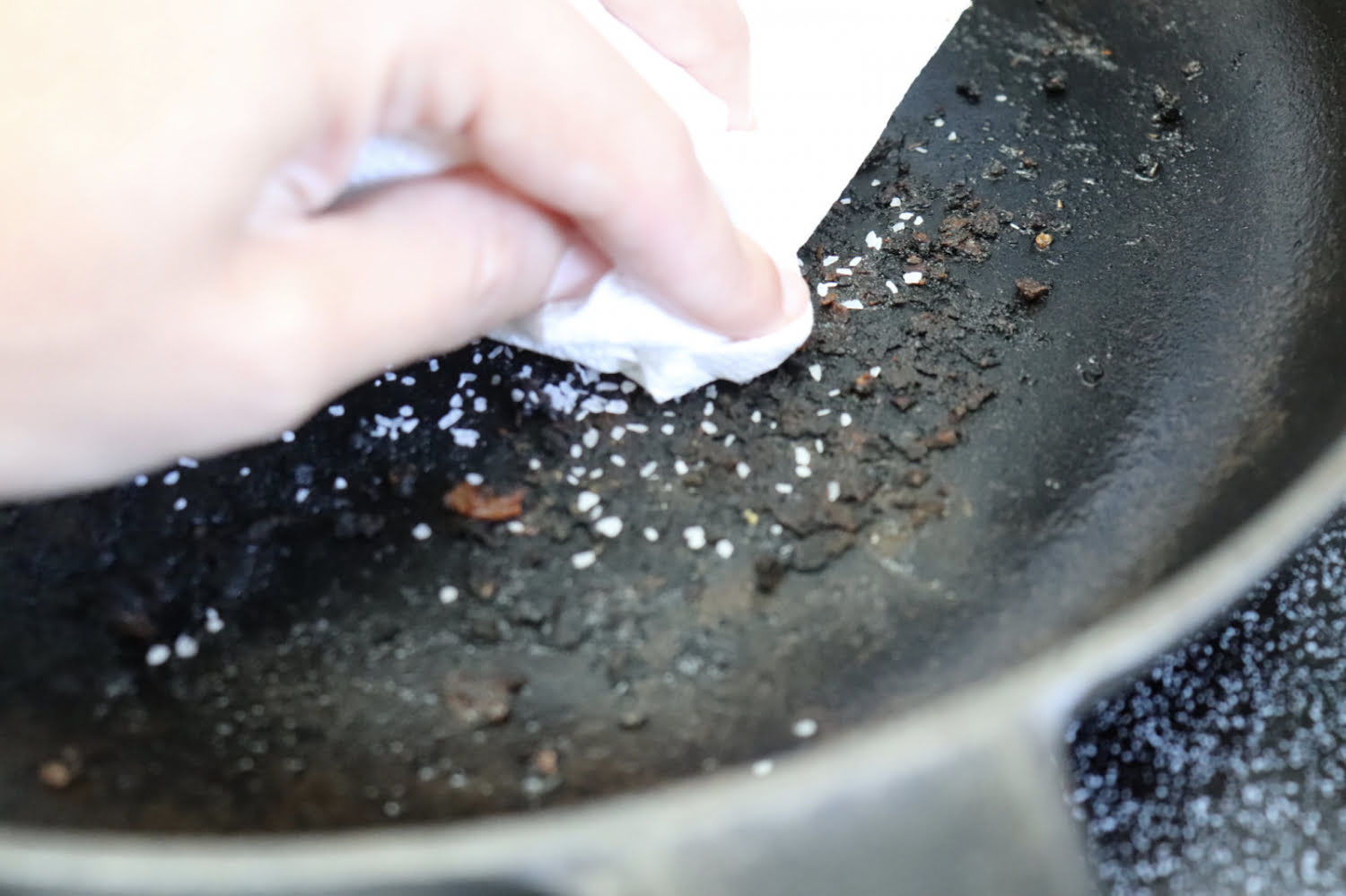
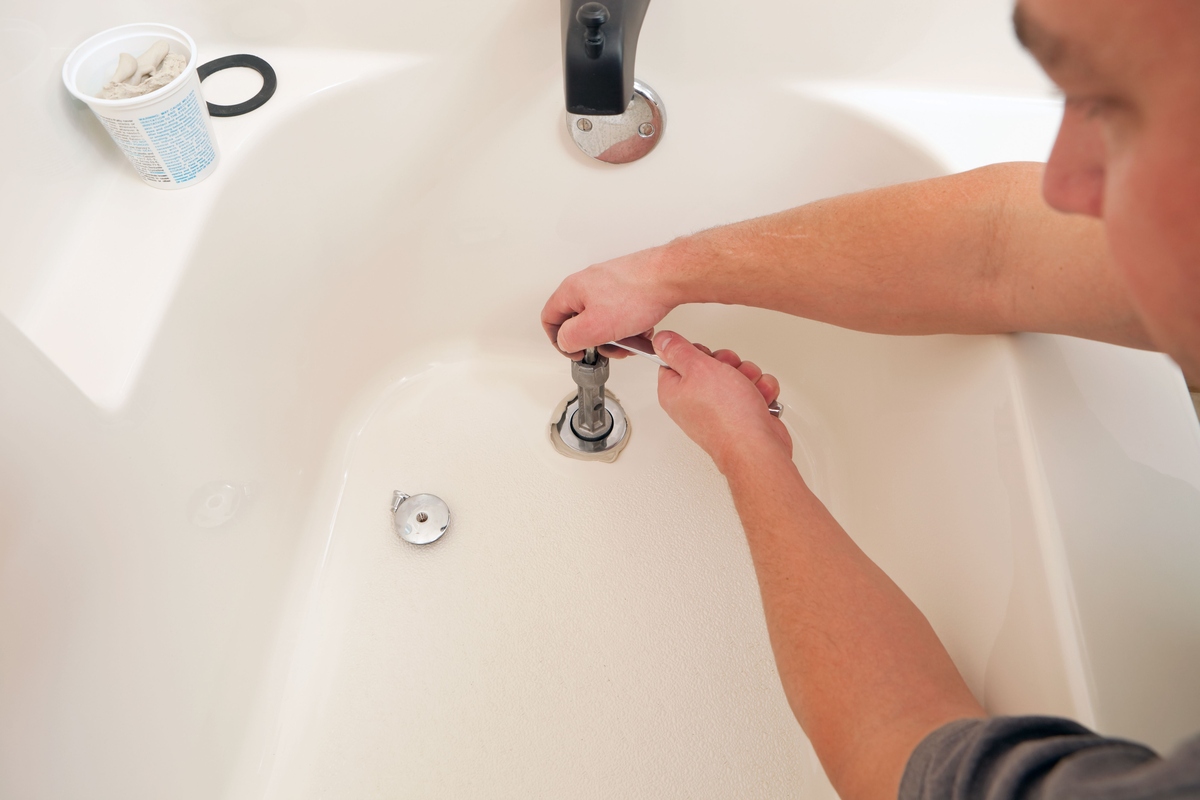
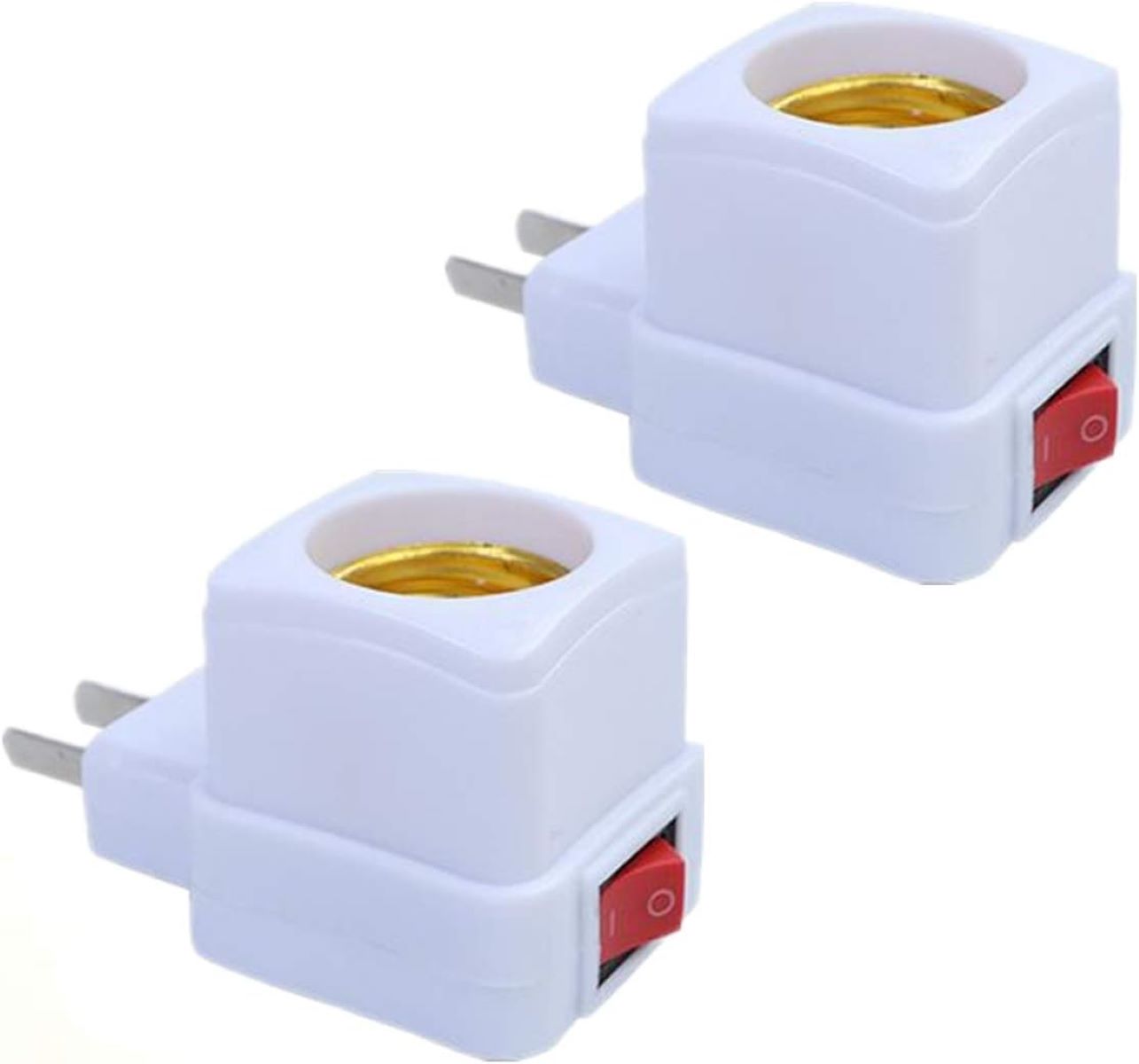
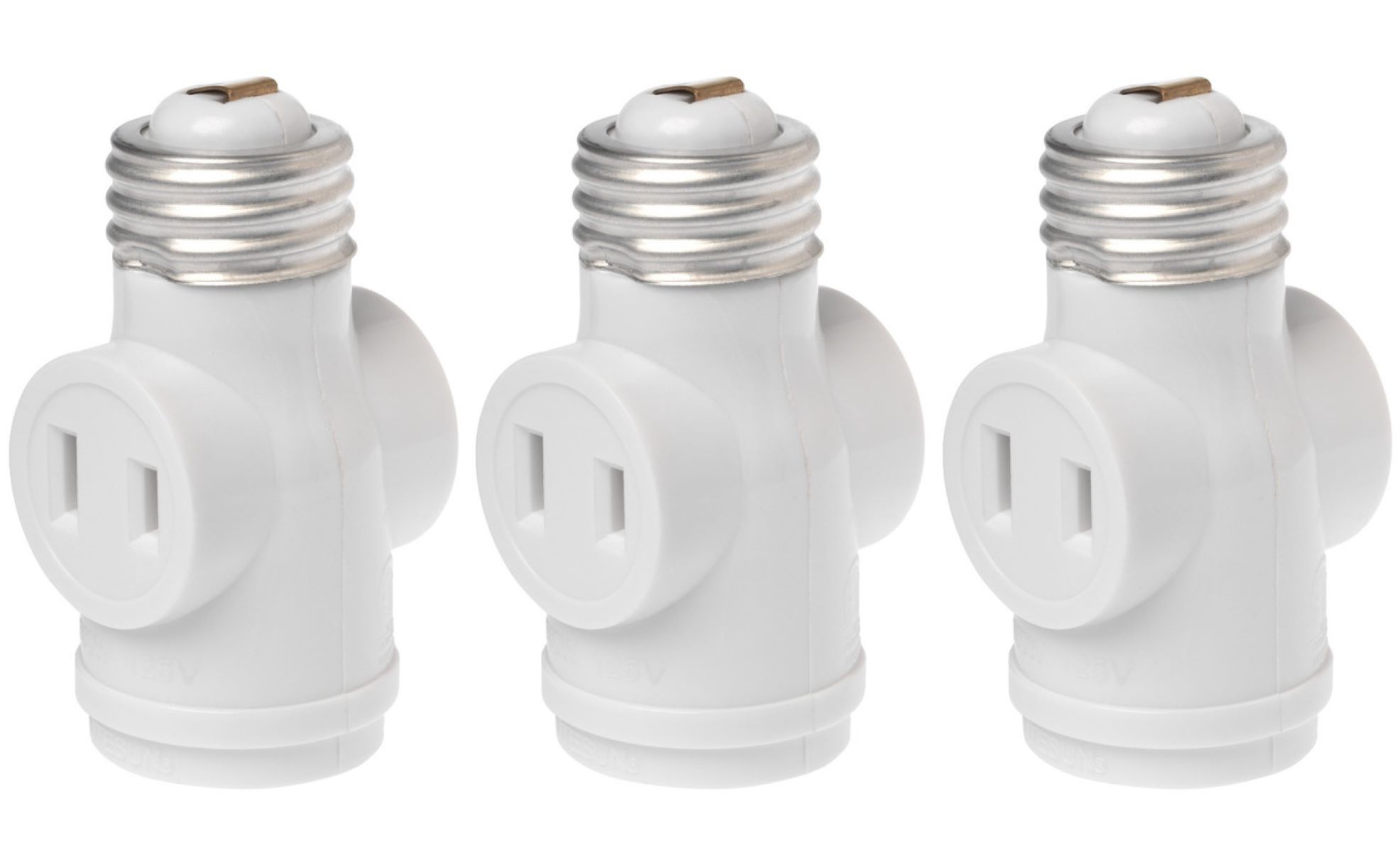
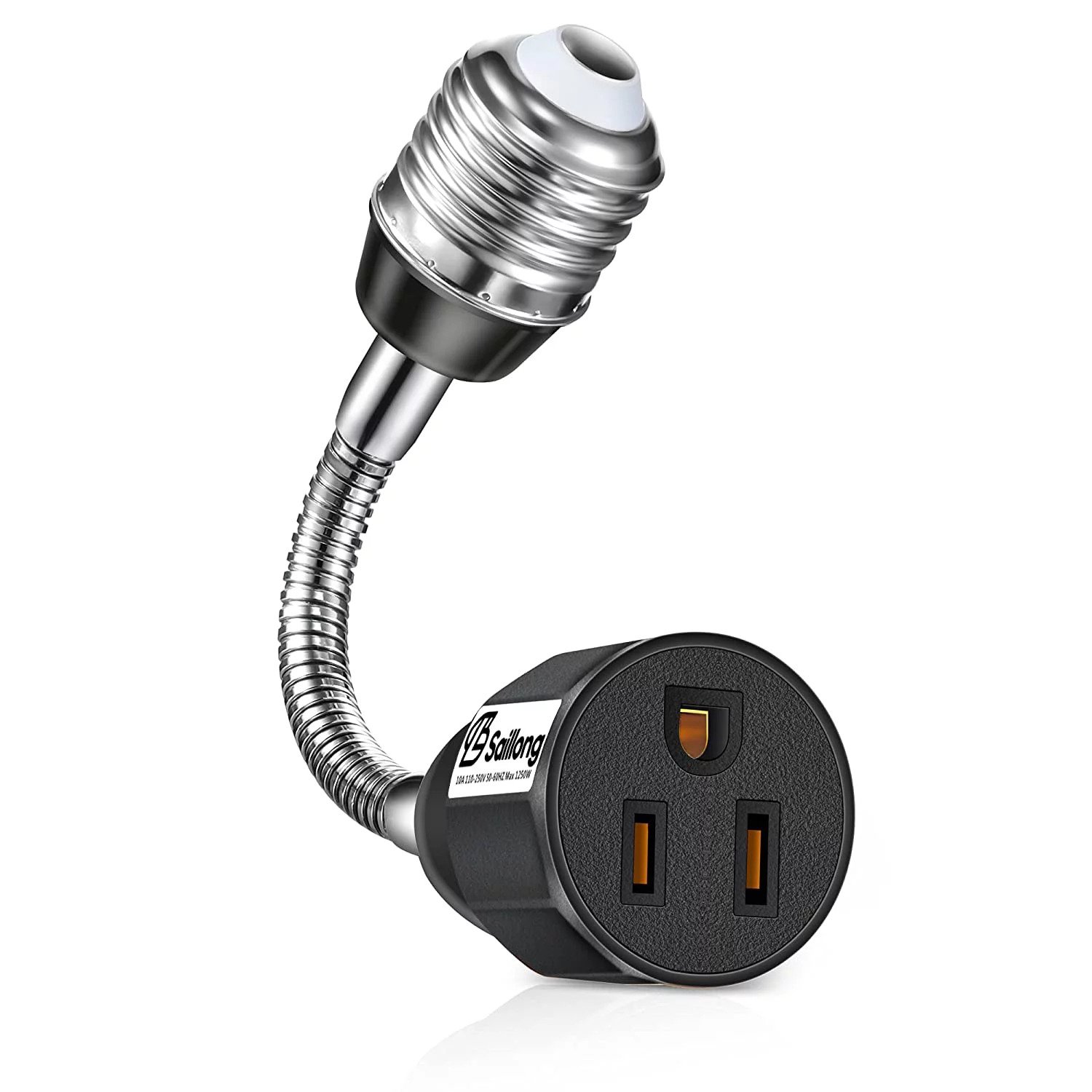

0 thoughts on “How To Remove An Electrical Plug From A Socket”